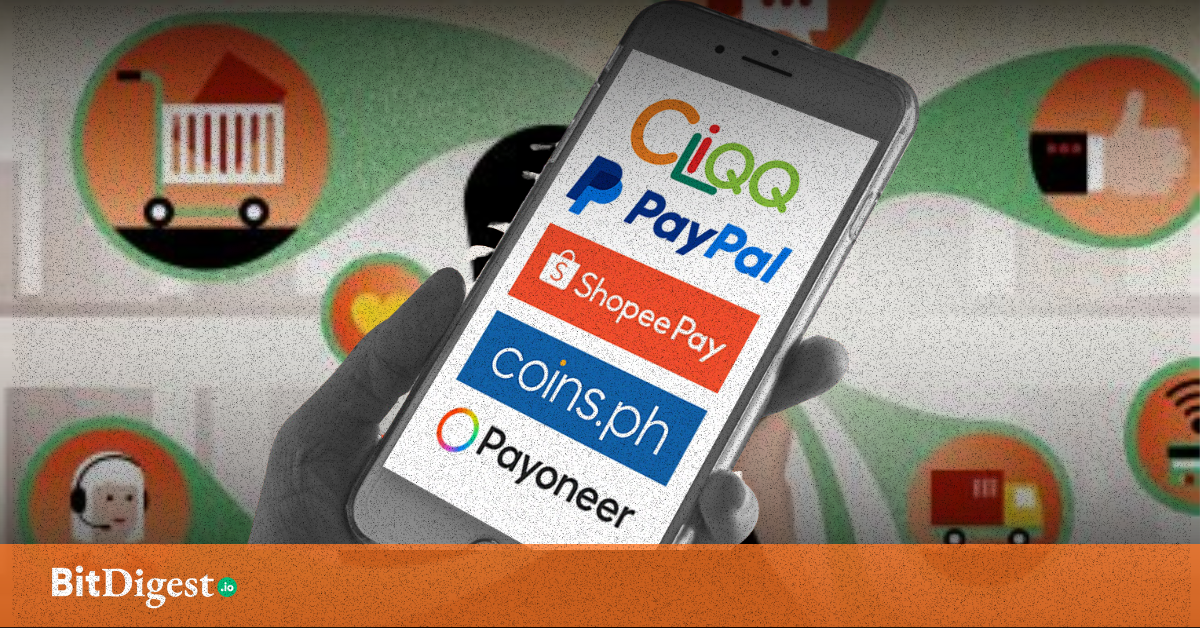Stablecoins and CBDCs: How Do They Differ?
Digitalization is an ongoing trend impacting various industries, and the financial sector is also adapting to this change.
Stablecoins and Central Bank Digital Currencies (CBDCs) are two types of digital currencies that have emerged as a response to the limitations and challenges of traditional payment systems and fiat currencies. While they both serve the same purpose, what sets them apart is their issuing authority‚ one being decentralized and the other centralized.
But what exactly are these digital currencies, what are their similarities, and how do they differ?

Stablecoins
A stablecoin is a type of cryptocurrency designed to maintain its value with respect to an asset like gold or the US dollar. Algorithms are used to link the value of the currency to a certain asset, maintaining a steady and consistent price. Stablecoins are designed to offer the benefits of cryptocurrencies, such as fast and low-cost transactions while minimizing the risks associated with price volatility.
Moreover, stablecoins are often used as a medium of exchange or a store of value, similar to fiat currencies. This type of cryptocurrency may also be easily transferred across borders without the use of traditional financial intermediaries, making them ideal for cross-border transactions.
Central Bank Digital Currencies (CBDCs)
Central Bank Digital Currencies, also known as CBDCs, are digital currencies issued by a nation's central authority. This type of currency is not pegged to a physical commodity. Despite the fact that CBDCs are still an emerging concept, many central banks around the globe are looking into the possibilities of creating their own digital currencies. The People's Bank of China (PBOC), the US Federal Reserve System, and Germany's Deutsche Bundesbank are a few examples of central banks involved in CBDC.
CBDCs are regarded as a sort of legal tender that can be used to trade goods and services. They could give unbanked communities access to financial services and lessen the need for expensive infrastructure and middlemen.
Similarities and Differences
Both CBDCs and stablecoins are designed to maintain a stable value. In comparison to traditional banking systems, they both allow faster and cheaper transactions. This has the potential to lower transaction costs and make cross-border payments more accessible. One of the primary benefits of adopting these digital currencies is their ability to improve financial inclusion by giving a digital currency alternative to existing banking institutions. People who do not have access to regular banking services or who reside in countries with unstable currencies may benefit from this.
However, the primary distinction between stablecoins and CBDCs is that stablecoins are privately issued and do not have the same amount of regulatory attention as CBDCs. This offers CBDCs more trust and stability, but it also means they are subject to government control and regulation. Additionally, CBDCs are more likely to achieve widespread acceptance since they are issued by central banks and backed by the government, whereas stablecoins may not be universally accepted and could face challenges with merchants recognizing their value.
In conclusion, the emergence of stablecoins and CBDCs is a huge advancement in the field of digital currencies and payment systems. As the world continues to move towards a digital economy, it will be interesting to see how these two types of digital currencies evolve and impact the financial world.
References:
https://www.mckinsey.com/featured-insights/mckinsey-explainers/what-is-central-bank-digital-currency-cbdc
https://www.cnbctv18.com/cryptocurrency/explained-stablecoins-vs-cbdcs--similarities-and-differences-14724621.htm
.svg)


.svg) SHARE TO FACEBOOK
SHARE TO FACEBOOK SHARE TO TWITTER/X
SHARE TO TWITTER/X SHARE TO LINKEDIN
SHARE TO LINKEDIN SEND TO MAIL
SEND TO MAIL




.svg)


.svg)